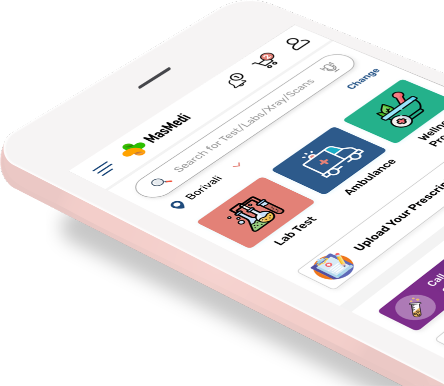Sample Type
Gender
Age Group
Sputum
Male/Female
All Age Group
Routine sputum is a laboratory test that looks for germs that cause infection. Sputum, sometimes referred to as phlegm, is a viscous mucus produced in your lungs. You may cough up sputum if you have an infection or a long-term condition that affects your lungs or airways. Sputum is made up of immune system cells that support your bodys defences against bacteria, fungi and other foreign invaders in your lungs and airways. Sputums thickness aids in capturing the foreign object. It can then be coughed out thanks to the cilia (tiny hairs) in the airways, which push it out the mouth.
best labs
Option Near Youlab comparison
As per your budgetAffordable
Price GuaranteedUNBIASED ADVICE
On LabsSUNDAY LAB
Labs available on SundaysTracking health status made easy with the app. Now available on both Google Play Store and App Store. Book health tests and access your smart reports and health trackers anytime anywhere.
